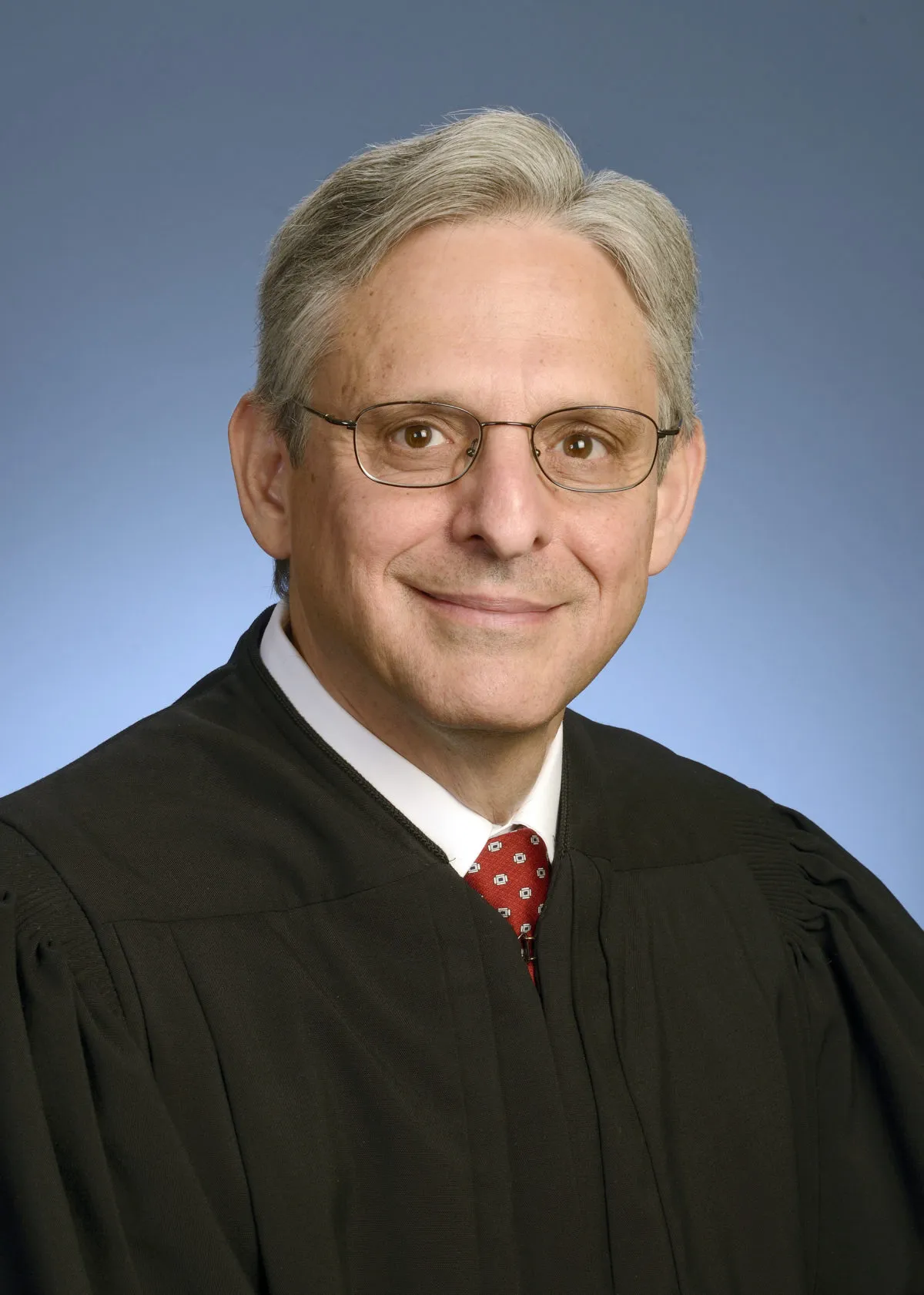7 of the Most Controversial Supreme Court Nominations in History
Written by
|
January 30, 2019
Written by Smokeball
|
January 30, 2019

Written by Jordan Turk
|
January 30, 2019

The recent nomination by President Donald Trump of D.C. Circuit Court Judge Brett Kavanaugh has, as expected, ignited much political furor. The Supreme Court, touted as the only apolitical branch of government, has seemed anything but throughout the history of nominations to its bench. Judge Kavanaugh’s nomination has been no different, with politicians and activists on both sides of the aisle propping up arguments for and against the nominee.
We’ve already written about some of the most controversial supreme court cases, and as Judge Kavanaugh makes his rounds through the halls of Congress to state his case and qualifications for serving on the highest court in the land, we thought it might be fun and interesting to look back at the most contentious previous Supreme Court nominations in history. Some of these jurists made it to the ultimate bench, and some infamously did not, but all of them certainly went through the ringer.
7. Merrick Garland
This list begins with the most recent non-Kavanaugh nomination. Judge Kavanaugh’s colleague on the D.C. Circuit Court of Appeals, Merrick Garland, was nominated to the Court by President Obama after the sudden death of Justice Antonin Scalia on February 13, 2016. With Republicans in control of the Senate, Majority Leader Mitch McConnell adamantly stated that nothing would be done on the nomination and that the next president should fill the seat.
The move was seen as a blatantly political protection of a conservative-leaning Court. Tens of thousands of people petitioned President Obama to push Garland through to the Court, stating that the Senate had waived its advice and consent role, to no avail. Garland’s last chance ended in November when a federal district court dismissed a case brought by an aggrieved voter against Mitch McConnell for lack of standing.
 6. Harriet Miers
6. Harriet Miers
Harriet Miers suffered one of the more embarrassing nominations to the Supreme Court in October 2005. President George W. Bush nominated Miers to the Court after she served as White House Counsel and for then-Governor Bush in Texas. Having never served as a judge, Miers’ lack of a paper trail and lack of positions on key conservative issues doomed her nomination, with key conservatives mounting attacks on her experience.
Though almost half of the previous 110 Justices to serve never sat on a bench before nomination to the Court, on October 27, 2005, Miers withdrew her nomination before hearings were scheduled to begin. Current Justice Samuel Alito has Miers and her detractors to thanks for his seat on the Court, as President Bush nominated him shortly after Miers’ withdrawal.
 5. Sonia Sotomayor
5. Sonia Sotomayor
The barrier-breaking first nomination of President Obama in May 2009 ultimately resulted in Justice Sotomayor ascending to the bench. Her confirmation process, however, was not as straightforward as her recent pointed dissents. The first Latina woman nominated to the Court, her prior statements on her heritage and interpretation of the world and law were made to haunt her confirmation proceedings.
In a series of speeches, Sotomayor had stated “I would hope that a wise Latina woman with the richness of her experiences would more often than not reach a better conclusion than a white male who hasn’t lived that life.” Conservative opposition mounted behind this statement, and the White House played defense, calling the word choice “poor”. In the end, Sotomayor was confirmed by the Senate in a 68-31 vote.
 4. Clarence Thomas
4. Clarence Thomas
Another familiar name that ultimately made it onto the Supreme Court, Justice Clarence Thomas’s nomination and confirmation was marred by accusations of sexual harassment, culminating in a Judiciary Committee hearing with Thomas’s accuser, Anita Hill. After a reality-show-type exchange, the Committee split 7-7, sending Thomas’s nomination through to the full Senate, and on October 15,1991, he was confirmed to the Court by a razor-thin 52-48 vote.
3. John Rutledge
John Rutledge was technically the second Chief Justice of the U.S. Supreme Court and reached perhaps the most tragic end to his Court experience. He holds the record for shortest term by a Chief Justice and served only on a recess appointment by President George Washington. He also holds the distinction of resigning from the Supreme Court prior to that before ever hearing a case in order to take a judicial role in South Carolina.
Despite his prior resignation from the Court, in 1795, Washington nominated Rutledge to succeed Chief Justice John Jay while the Senate was on recess. Rutledge accepted the appointment and agreed to serve on a temporary basis until the Senate reconvened and his nomination could be properly vetted. Shortly after accepting the appointment, Rutledge gave a noxious speech decrying the Jay Treaty with Great Britain as pro-British, angering much of Washington’s administration. Soon after, rumors began circulating that Rutledge was mentally ill and an alcoholic, and his nomination to the Court failed in the Senate. He left the Court, public life and public service until the time he died in 1800.
 2. Abe Fortas
2. Abe Fortas
Abraham Fortas is another jurist to have an attempt to elevate him to the role of Chief Justice undo his career on the Court. In 1965, President Lyndon Johnson nominated Fortas to the Supreme Court as an Associate Justice. Three years later, after Earl Warren announced his retirement from the Court, President Johnson attempted to elevate Fortas to Chief Justice, but the nomination faced filibuster due to ethical issues raised against Fortas.
The Senate hearings were volatile, with Senators pointing to Fortas’s close relationship with President Johnson to the point of consulting with him on political matters while on the Court. Further, issues were raised with a $15,000 payment (a huge amount at the time) for a speech at American University. While legal, the speaking fee was paid by many former clients and partners of Fortas, raising ethical concerns. In 1969, a final ethics scandal did in Fortas’s career on the bench. His ties to Louis Wolfson, his friend and former Wall Street financier, linked him to a quid pro quo for a presidential pardon. At the behest of several other Justices and in the face of mounting impeachment momentum, Fortas resigned from the Court in May 1969. He would later say he did so to save Justice William Douglas, who was being investigated for something similar.
 1. Robert Bork
1. Robert Bork
Perhaps the most infamous Supreme Court nominee and one who can lay claim to his own verb due to his treatment during the confirmation process, Robert Bork was truly “borked”. After the announcement of Justice Lewis Powell’s retirement in 1987, President Ronald Reagan nominated Bork after he had served about five years on the D.C. Circuit Court of Appeals.
After his nomination, Bork was heavily criticized due to his role in the Saturday Night Massacre (firing Archibald Cox when other Attorneys General resigned instead of doing so), and his views on rolling back certain civil rights decisions of previous Courts. Senator Ted Kennedy took to the Senate floor immediately after the nomination to utterly gut it, stating that “Robert Bork’s America is a land in which women would be forced into back-alley abortions, blacks would sit at segregated lunch counters, rogue police could break down citizens’ doors in midnight raids, schoolchildren could not be taught about evolution, writers and artists could be censored at the whim of the Government, and the doors of the Federal courts would be shut on the fingers of millions of citizens for whom the judiciary is—and is often the only—protector of the individual rights that are the heart of our democracy.” Many groups mobilized to rebuff Bork’s nomination thereafter. It worked, and Bork was denied a seat on the bench in a 42-58 vote. The seat was eventually filled by Anthony Kennedy in a 97-0 vote. Bork was so thoroughly disgusted with his treatment that he resigned from the federal bench altogether in 1988.
Learn more about Smokeball document management for law firms:
Book Your Free Demo
Ready to see how Smokeball client intake software helps you Run Your Best Firm? Schedule your free demo!












